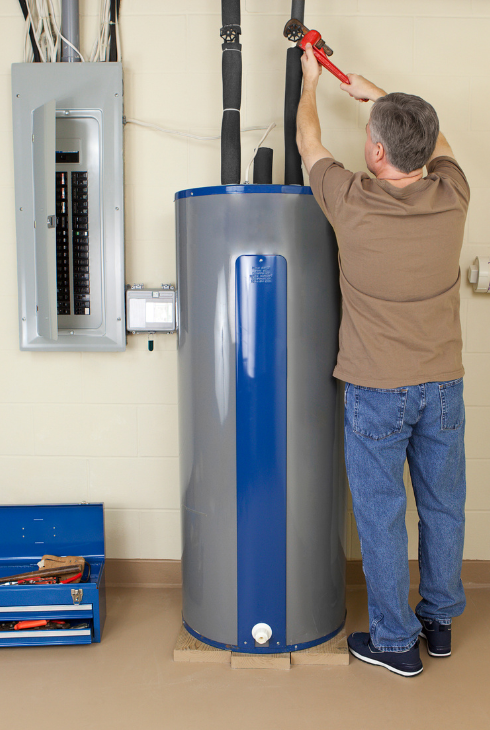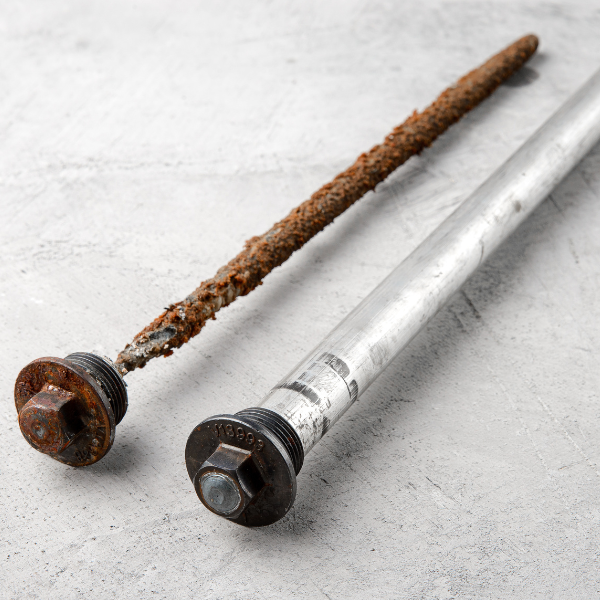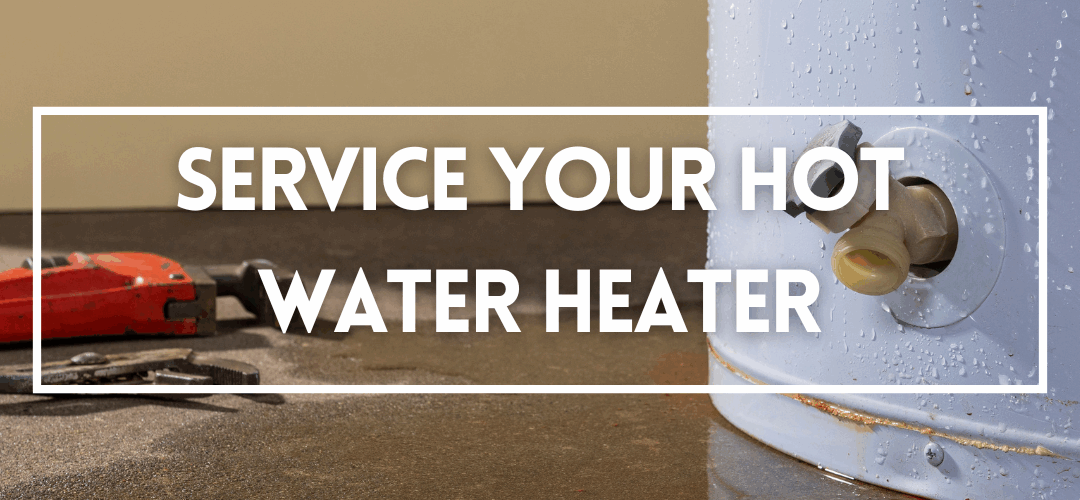Nobody likes a cold shower! Your tank-style water heater works hard every day to keep you comfortable. Just like your car needs regular oil changes, your water heater benefits from a little TLC to help it last longer and run efficiently.
Now, before we get started, a quick but super important note: This guide is just for information. If you have any doubts or questions about your water heater, please call a licensed plumber like us here at Canyon Plumbing Solutions to take a look. Working with gas, electricity, and water can be tricky, so safety first!
When Should You Think About Servicing?
- Older Than 6 Years (and Never Serviced): If your water heater is over six years old and hasn’t had any maintenance, our advice is usually to leave it be. There could be a lot of sediment built up inside, or even small cracks you can’t see. Messing with it might cause more problems than it solves, and you could end up needing a whole new unit. If you have concerns, call a pro.
- Younger Than 6 Years: If your water heater is less than six years old, doing some regular maintenance can really help it run better and live a longer life.


Your Step-by-Step Water Heater Service Guide:
Here’s how you can give your younger water heater some important care:
Step 1: Power Down!
- Gas Heaters: Find the gas valve and turn it to the “Pilot” setting. This stops the burner from lighting.
- Electric Heaters: Go to your electrical panel (circuit breaker box) and turn off the breaker that controls your water heater. You want to make sure there’s no electricity going to it.
Step 2: Drain the Tank
-
- Hook Up a Hose: Screw a garden hose onto the drain valve, which is usually near the bottom of the water heater. Run the other end of the hose to a floor drain or outside where the water can safely go.
- Open the Valve: Slowly open the drain valve. Be patient – it can take a while for all the water to empty out of the tank.
- Stir Things Up: Once the tank is empty, turn on the cold water supply valve for about five seconds. This will stir up any loose sediment sitting at the bottom. Then, let the tank drain completely again.
- Repeat for Extra Cleanliness: For a really good clean, do this whole draining and stirring process two or three times. This helps get rid of as much of that built-up gunk as possible.
Step 3: Check the Anode Rod
- Find It: The anode rod is usually at the top of the tank, under a metal cover. You’ll likely need a wrench to remove the cover.
- Take a Look: Pull out the anode rod and check it for wear. Remember, this rod is the superhero protecting your tank from rusting.
- When to Replace: We recommend replacing the original magnesium anode rod after the first year. After that, check it every 3 to 5 years. If it looks really thin or eaten away, it’s time for a new one.
Pro Tip: Replacing the anode rod regularly is one of the best things you can do to make your water heater last longer!
Step 4: Refill the Tank
- Close the Drain: Once all the water is out, make sure you close the drain valve tightly.
- Open a Hot Faucet: Go to a hot water faucet in your house (like in the kitchen or a bathroom) and turn it on. This lets air escape as the tank fills.
- Fill Slowly: Slowly start turning on the cold water supply valve to refill the tank. Keep that hot water faucet open.
- Know When It’s Full: When water starts flowing steadily out of the hot water faucet, that means the tank is full, and you can turn the faucet off.



Step 5: Power Back Up
- Gas Heaters: Turn the gas valve back to the temperature you want, usually around 120°F (49°C).
- Electric Heaters: Go back to your electrical panel and turn the circuit breaker for your water heater back on.
A Little Extra Check-Up (Best Left to the Pros!)
While you’re doing this basic service, it’s a good idea to also look at a few other parts. However, we really recommend having a licensed plumber check these out:
- Burner Assembly (for gas heaters)
- Temperature and Pressure Relief Valve
- Heating Elements (for electric heaters)
- Gas, Electrical, and Water Connections
These parts can wear out over time and need professional attention to keep your water heater safe and working well.
Keep That Hot Water Coming!
By taking the time to drain the sediment and check your anode rod every year or two, you can really help your tank-style water heater run more efficiently and last for many years. Remember, if you ever feel unsure or uncomfortable with any of these steps, don’t hesitate to call the experts at Canyon Plumbing Solutions. We’re here to keep your hot water flowing smoothly!
Want to learn even more about making your water heater last? Check out our blog post all about anode rods!
